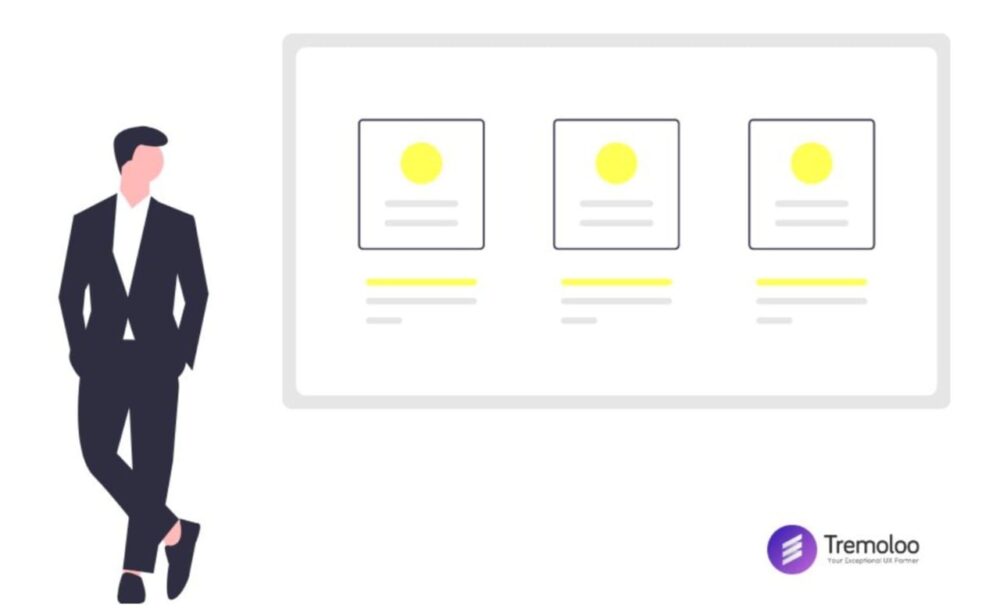
The word “chunk,” usually means a piece of something larger. But in UX design, when we talk about the process of chunking, we’re usually referring to breaking up content into small, distinct units of information, rather than just an undifferentiated mess of atomic information items.
So, why is chunking important for our users?
Well, as human beings, we find it easier to comprehend and remember information if it’s been broken down into meaningful chunks.
For example, if I asked you to remember this string of numbers, do you think you could do it? 19195552743
You might find it to be easier to remember this phone number if the string is chunked. 1 919 555 2743
Now instead of memorizing eleven numbers, you just need to memorize four chunks. Often, when we break up our web content, we’ll do it in a similar way using negative space to show where the chunks are separated from each other.
You may have heard of the “magical number 7” made famous by cognitive psychologist Goerge Miller. Miller found that most people can remember about 7 chunks of information in their short-term memory.
In UX, people often misunderstand Miller’s finding and they think that it means that people can only process seven things at any given time. This can lead to some unnecessary design limitations:
For example, deciding that a global navigation bar can’t have more than seven options. That would be totally unnecessary because we don’t intend for our users to memorize our menus because all of the options are available on the screen.
Don’t focus too much on the number 7 itself.
For UX professionals, the real takeaway from Miller’s research is that human short-term memory is limited. So, if you want your users to keep more information, pack that information into meaningful chunks.
Reference: https://www.nngroup.com/videos/chunking/



